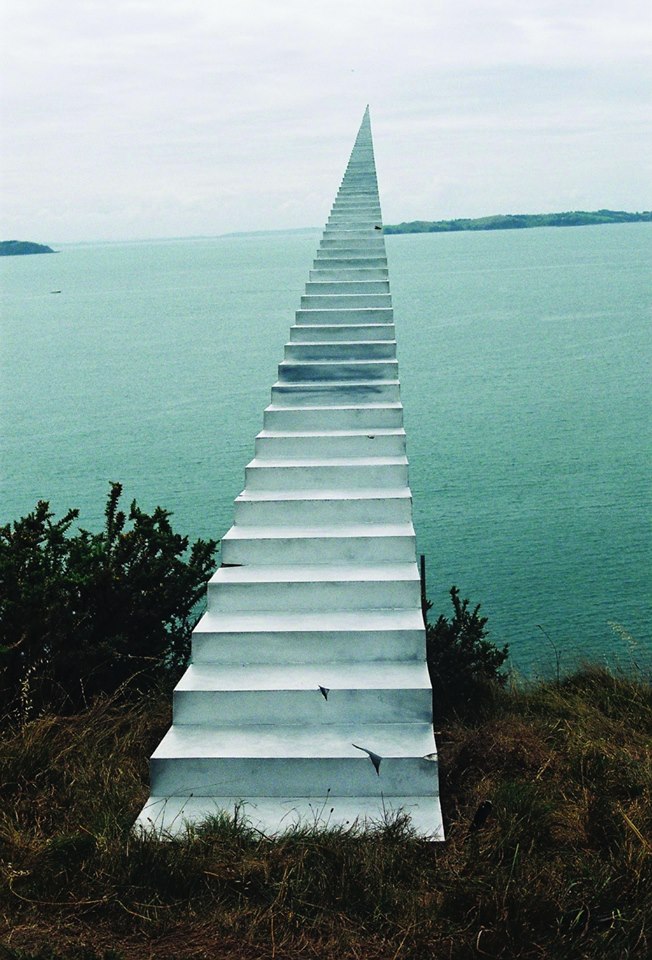
ALEXANDER PONOMAREV
База
Объект «База» реализован во время работы художника по приглашению Министерства культуры Франции в ателье Кольдера в городе Саше. Девятиметровая горизонтальная труба, заполненная водой, образует тоннель для движения черной подводной лодки, которая, двигаясь по принципу троллейбуса, улавливается в крайних точках специальным устройством. Приподнимаясь над водой, на пропеллерах лодка поворачивается в обратную сторону и подобно хамелеону изменяет свою окраску, превращаясь в разноцветную и красивую. После погружения в воду лодка опять чернеет и стремительно продолжает движение
.
Base
Object “Base” was realized during the artist’s work at the invitation of the Ministry of Culture of France in the atelier Colder in the city of Sachet. A nine-meter horizontal pipe, filled with water, forms a tunnel for the movement of a black submarine, which, moving according to the principle of a trolleybus, is caught at the extreme points by a special device. Rising above the water, on the propellers, the boat turns in the opposite direction and, like a chameleon, changes its color, turning into a multi-colored and beautiful one. After immersion in the water, the boat turns black again and continues to move rapidly










